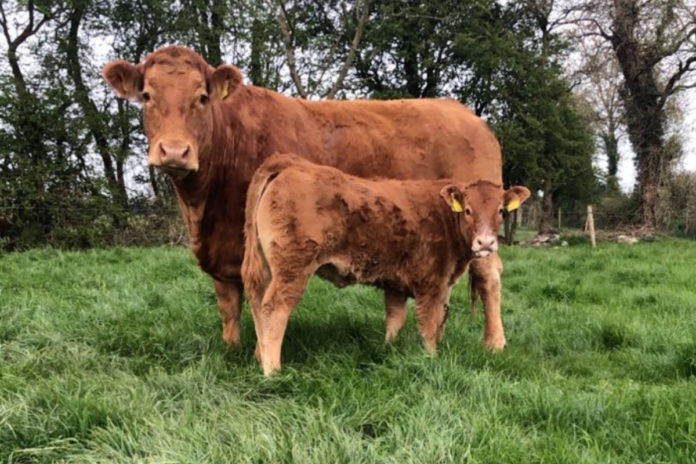Farm organisations have reacted furiously to the particulars of the Department of Agriculture, Food and the Marine’s recently launched National Beef Welfare Scheme, with the payment rate being the main talking point.
IFA livestock chairman, Brendan Golden, has called on the DAFM to redesign the scheme with practical measures and higher payment rates with ceilings brought in line with the BEEP-S it is replacing.
He has said that the measure in its current form is a “support for service providers, not farmers”.
He has described the payment provided by the “poorly designed” scheme as “far too low and on too few cows”.
Golden stressed that the scheme is “an insult” to suckler farmers and “fails miserably” to deliver on a commitment to provide suckler farmers with a replacement scheme for BEEP-S with similar “ambition and practical” measures.
“Most of it will leak to vets, laboratories and others. A suckler farmer in BEEP-S with 25 cows received €84/cow. “
“This scheme will only return €47/cow to that farmer while also requiring additional actions that are cost prohibitive and add nothing to the income of the farm.”
“We estimate that, for a farmer with 20 animals, 80% of the IBR payment will be directly leaked to vets and laboratories.”
“Factor in the extra time and effort the farmer has to put in and you are at 100% leakage. Farmers cannot be expected to work for nothing,” he added.
IFA has highlighted its rejection of including IBR testing in the scheme to the minister and his officials.
“Suckler farmers will not be taken for fools. The minister must go back to the drawing board with his officials to identify practical measures that add value to our farms,” he said.
ICSA
Meanwhile, the ICSA has said the suckler scheme is “sorely lacking in ambition” and does not “inspire confidence” that the government really wants to keep current suckler numbers in place.
Its suckler chair, Jimmy Cosgrave, said the scheme does have some positive elements but overall, it will not deliver in terms of farm income on suckler farms.
He welcomed the meal feeding measure but stressed that the payment rate of €35/head does not reflect 2023 costs and the work involved.
Cosgrave described the maximum number of 40 head for this measure as a “completely needless limit that is unfair to commercial suckler farmers who are trying to stay in it for the long term”.
He added that the IBR measure could be helpful in improving the health status of some herds and providing the basis for targeted programmes.
Ultimately, IBR is potentially an issue for live export, he added. However, the rate of €15/head to a maximum €300 is “money for vets with no regard for the farmer’s time and effort”.
“The unfortunate thing is the public is being led to believe that this scheme is delivering €28 million to suckler farmers when it is not in reality.”
“A significant chunk is going to support vets, labs and even the meal compounders, who will have fewer customers if suckler farmers go out of business,” he added.
INHFA
Meanwhile, the Irish Natura & Hill Farmers’ Association has called for an increase in the overall payment rate and a full review around the IBR testing requirement.
Its vice-president, Micheal McDonnell, has said that there reality is that for the vast majority of suckler farmers, there is “no great incentive to join”.
He has called on the DAFM to review the scheme with a view to delivering at least twice the current payment rates with “less onerous” requirements around the IBR testing.
He said the €50/cow payment rate is “well short of what is required and while some may argue that there is a front-loaded payment on the first 20 cows, most of the financial benefit will be offset through the IBR testing requirement”.
“As this is a national scheme not subject to CAP regulation, there is an opportunity to review the payment rates and the scheme make-up.”
“There needs to be a higher payment rate for the mandatory meal requirement.”
“In addition to this, there may be an opportunity to justify an environmental and animal welfare payment in recognition of the benefits from our extensive naturally reared suckler systems.”
“With regard to the IBR testing, it should only operate as a percentage of a farmer’s overall herd or should be considered as a voluntary add-on, which would avoid the need for penalties as is currently the case.”





